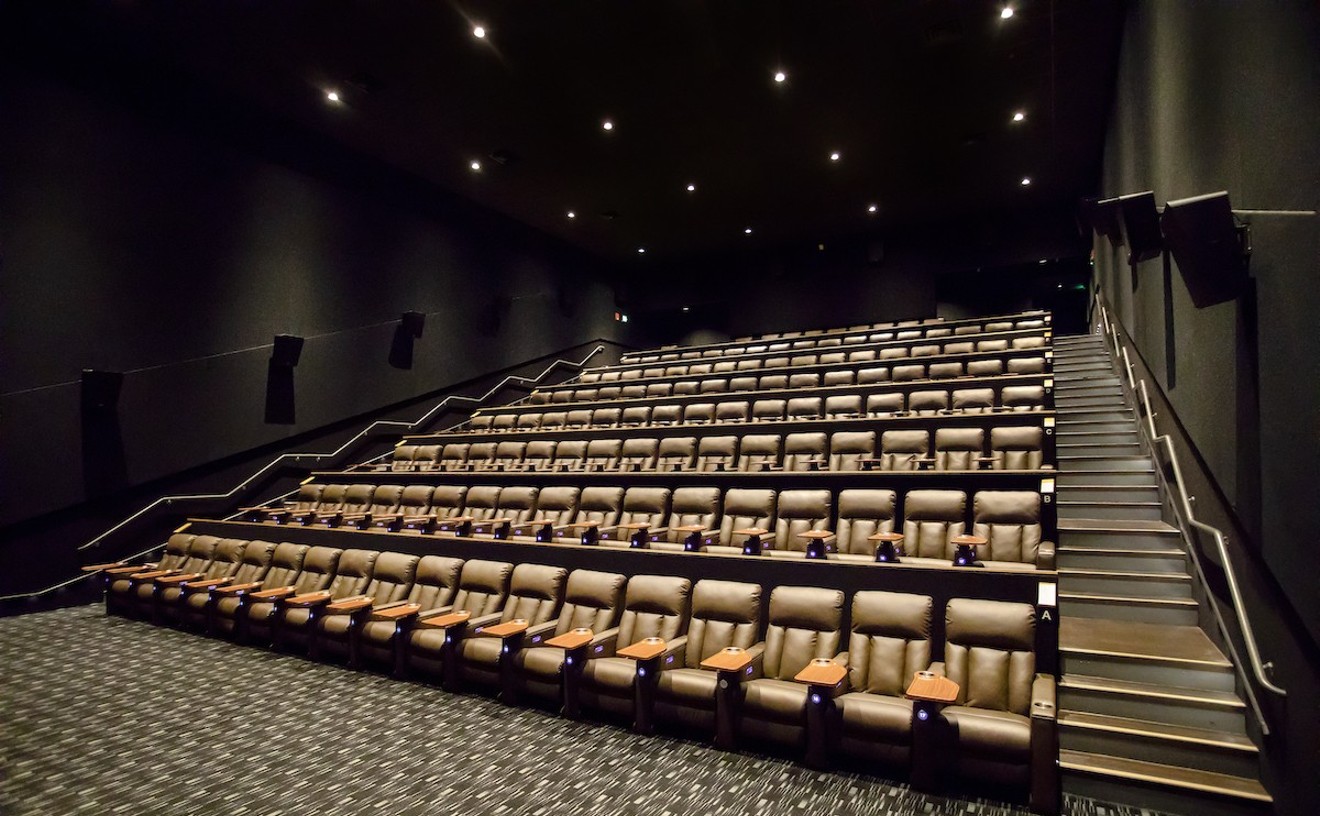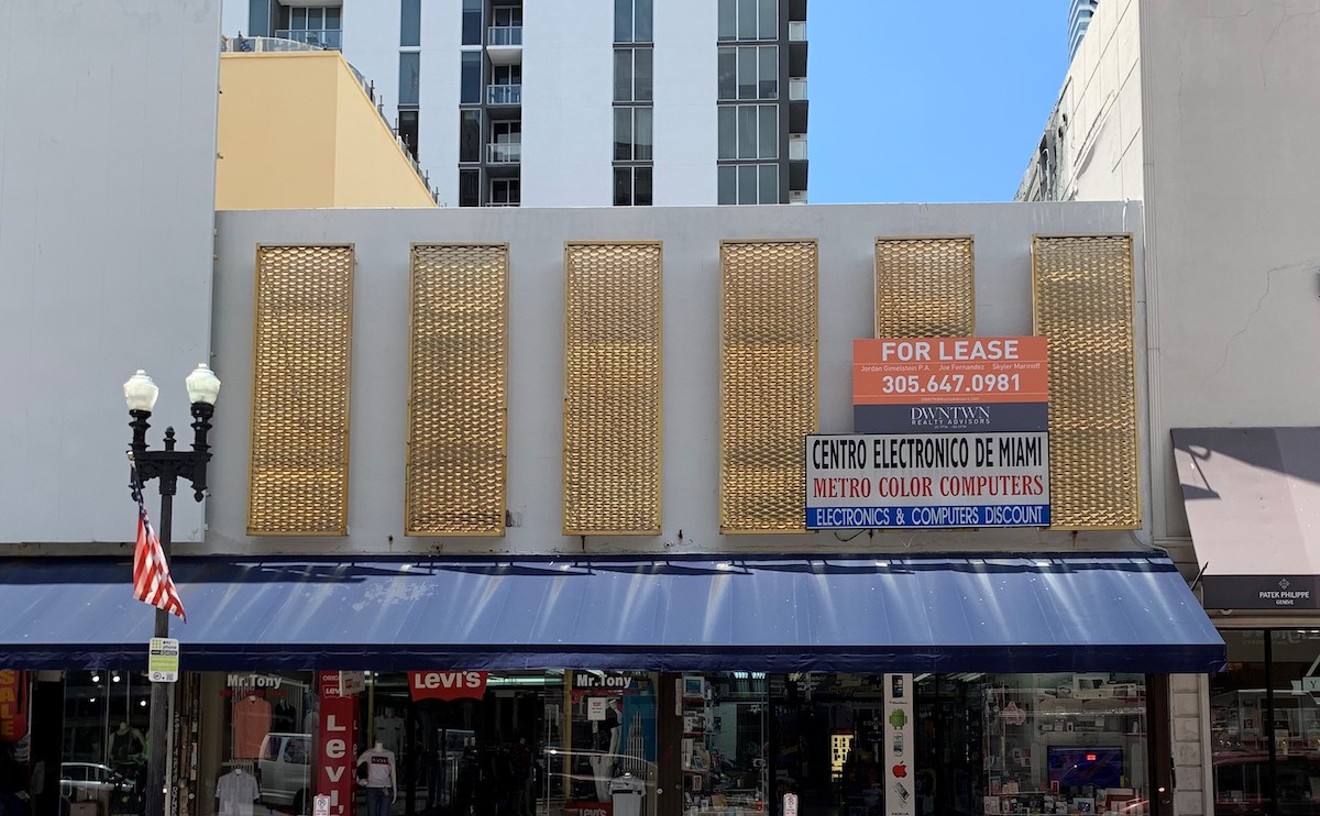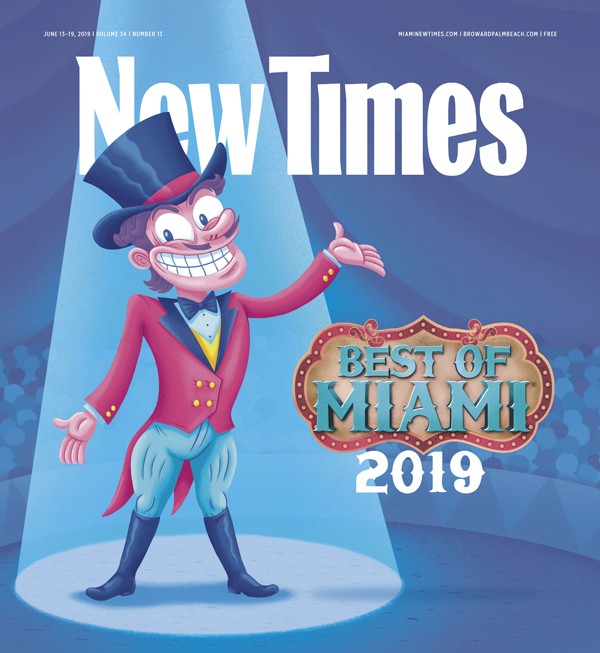The last time downtown Miami had a multiplex was in 1999, when AMC had an outpost at the Omni Mall. It would take almost 20 years until another one opened. But the movie industry changed substantially in those two decades: With the competition of streaming and the fact that at-home 4K videos and surround sound are accessible to the average consumer, movie theaters have had to get creative. That's where the 17-screen Silverspot Cinema comes in. Instead of offering stale popcorn and sticky floors, the boutique movie chain delivers in-theater dining and cocktails from its restaurant, Trilogy. Tickets range from $14.93 to $17.87 for adults depending upon the time of day. And each ticket includes a reserved fully reclining seat. Silverspot recently debuted its Dolby Atmos Theater, which boasts state-of-the-art audio and video technology. Try re-creating that at home.
Readers' choice: CMX Brickell City Centre













